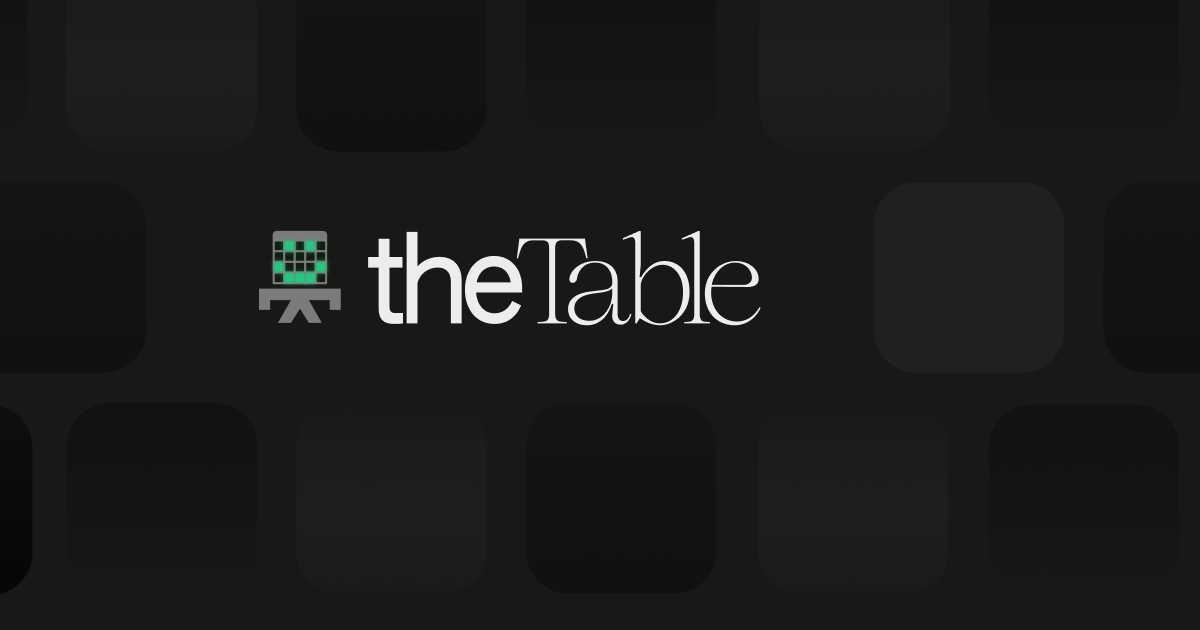Unlocking the Power of SQL Triggers
 DbVisualizer
DbVisualizer
SQL triggers automate specific actions in a database when designated events occur, crucial for database integrity and automation.
Triggers are categorized into row-level and statement-level, each serving distinct purposes. Row-level triggers execute actions for each affected row, suitable for detailed data manipulation. Statement-level triggers operate once per event, ideal for overarching database actions. A practical example on how to create a TRIGGER:
CREATE
[DEFINER = user] TRIGGER [IF NOT EXISTS] <trigger_name>
<trigger_time> <trigger_event>
ON <table_name> FOR EACH ROW
[<trigger_order>]
<trigger_body>
Types of Triggers in SQL Server: Includes DDL, DML, CLR, and Logon triggers.
Application Limits: The limit on triggers varies with the database system, with Oracle allowing up to 12 and MySQL supporting 6 trigger combinations.
Modification and Deletion: Triggers can be deleted with
DROP TRIGGERand updated with theALTER TRIGGERstatement.
Summary
SQL triggers offer a robust mechanism for automating responses to critical database events, thereby enhancing efficiency and ensuring data integrity. While the power of triggers is undeniable, it's essential to approach their use judiciously to balance functionality and performance. For a thorough understanding and expert tips on leveraging SQL triggers in your projects.
Through practical examples and a concise overview of trigger types and their applications, please read this more detailed article SQL Triggers: What They Are and How to Use Them that equips developers with the knowledge to implement triggers effectively in their database systems.
Subscribe to my newsletter
Read articles from DbVisualizer directly inside your inbox. Subscribe to the newsletter, and don't miss out.
Written by

DbVisualizer
DbVisualizer
DbVisualizer is the database client with the highest user satisfaction. It is used for development, analytics, maintenance, and more, by database professionals all over the world. It connects to all popular databases and runs on Win, macOS & Linux.